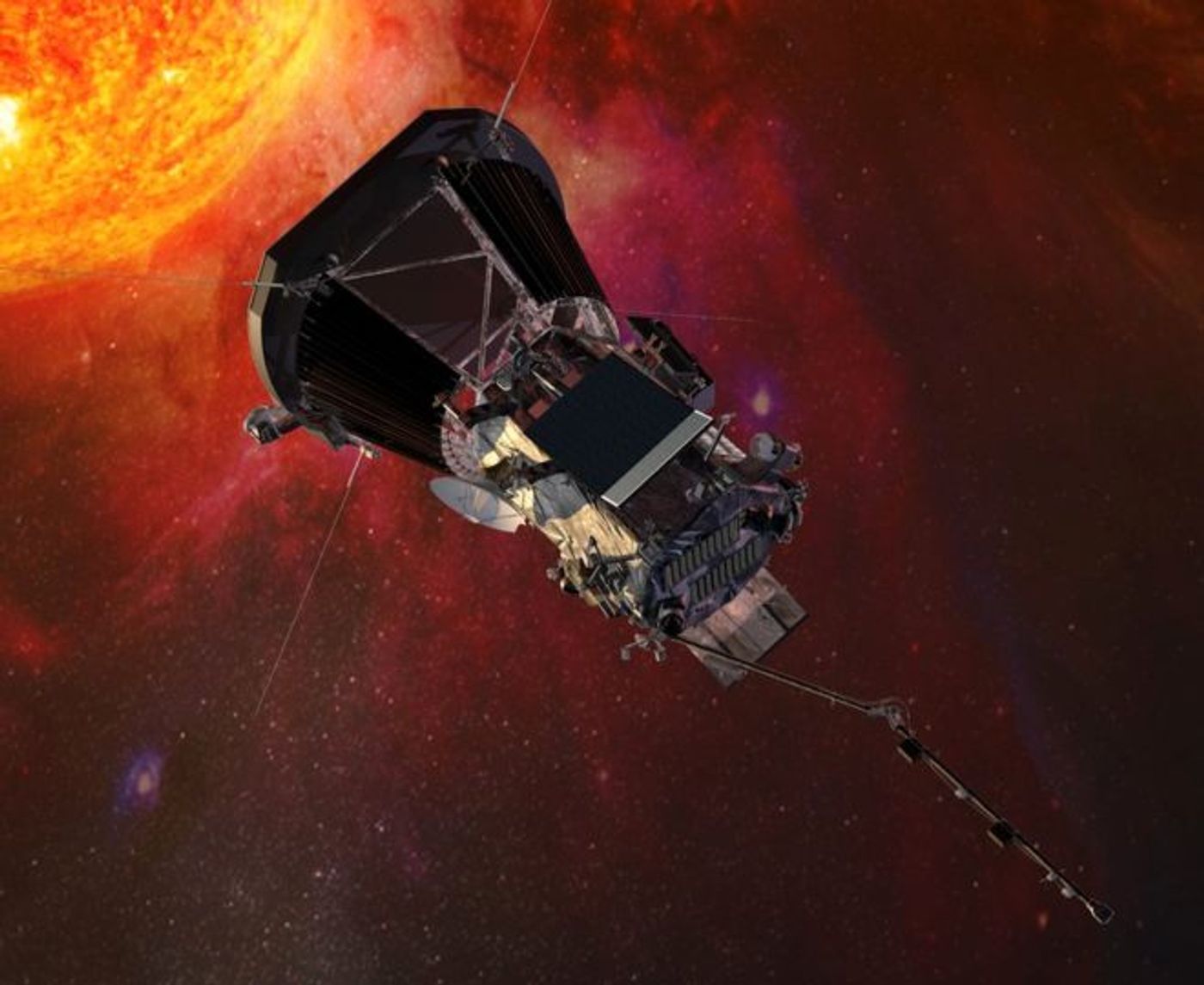NASA's Upcoming Mission to Explore the Sun
At the center of our solar system exists a glowing-hot ball of nuclear fusion that we call the Sun. While scientists have uncovered many truths about the Sun over the years, there’s still so much more to learn. Fortunately, NASA’s upcoming Parker Solar Probe could answer many of the unanswered questions that remain today.
Image Credit: Johns Hopkins University Applied Physics Laboratory
The Parker Solar Probe, previously billed the Solar Probe Plus, will get within 4 million miles of the Sun’s surface – closer than any other spacecraft before it. As it tangos with the Sun’s corona to gather vital scientific data, the Parker Solar Probe will endure blazing-hot temperature that exceeds 2,500º Fahrenheit.
NASA thought well ahead of the game and outfitted most of the Parker Solar Probe with durable carbon-based heat shielding. The 4.5-inch carbon foam insulation with carbon fiber reinforcement should keep the heat out, enabling the technological instruments inside to operate correctly without overheating.
The probe itself is virtually complete and has already made its way to Cape Canaveral, Florida where it’s expected to launch atop a United Launch Alliance-made Delta IV rocket on July 31st. After it takes off, NASA engineers will guide it toward Venus so that it can use the planet’s gravity as a speed boost; a maneuver commonly referred to as a gravitational assist.
Related: 'Maunder Minimum'-like solar behavior expected over next few decades
If everything goes as planned, then the spacecraft will reach the Sun and spend at least seven years gathering vital solar information for NASA; this includes the dynamics of solar wind, the behavior of the Sun’s magnetic fields, and the unique conditions within the Sun’s coronal layer.
NASA hopes to answer many questions, including why the corona is so much hotter than the Sun’s surface, and why solar winds appear to speed up as they move away from the Sun. These topics have riddled scientists’ minds for decades, but the Parker Solar Probe has the potential to solve the mysteries once and for all.
We won’t know for sure what we’ll find when the probe arrives at its destination, but it should be interesting to see how our understanding of the Sun might evolve.
Source: Wired









